Strategies for Improving Quality Care for Chronic Elderly Ill Patients
VerifiedAdded on 2021/10/16
|22
|784
|82
Report
AI Summary
This report addresses the critical issue of providing quality care for chronic elderly patients, a growing demographic in the U.S. facing significant challenges due to chronic illnesses. It highlights the inadequacies of current healthcare models, such as Medicare, Medicaid, and private insurance, in supporting long-term care for this population. The report proposes several strategies to improve care, including the creation of effective care teams comprising diverse healthcare professionals, population-based care approaches, and evidence-based management. It also emphasizes the importance of strengthening the eldercare workforce through education, training, and recruitment. Furthermore, the report discusses the benefits of the Transitional Care Model (TCM) and the adoption of Mobile Integrated Healthcare (MIH) to coordinate care and improve patient outcomes. The report also touches on the need to improve the healthcare delivery system and highlights the importance of a person-centered approach to care. The conclusion emphasizes the need for advancements in quality services to meet the increasing demands of the aging population.
1 out of 22
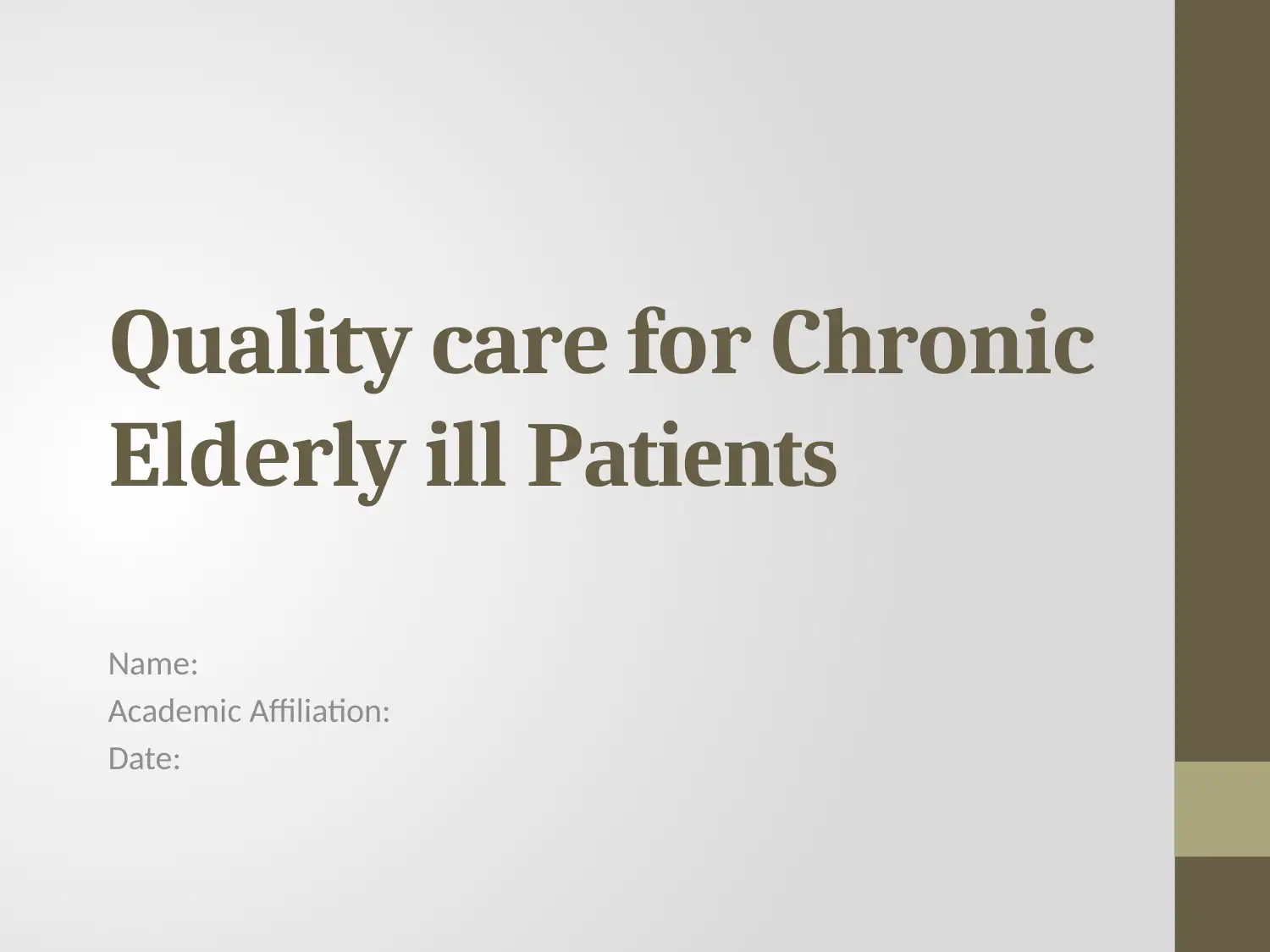
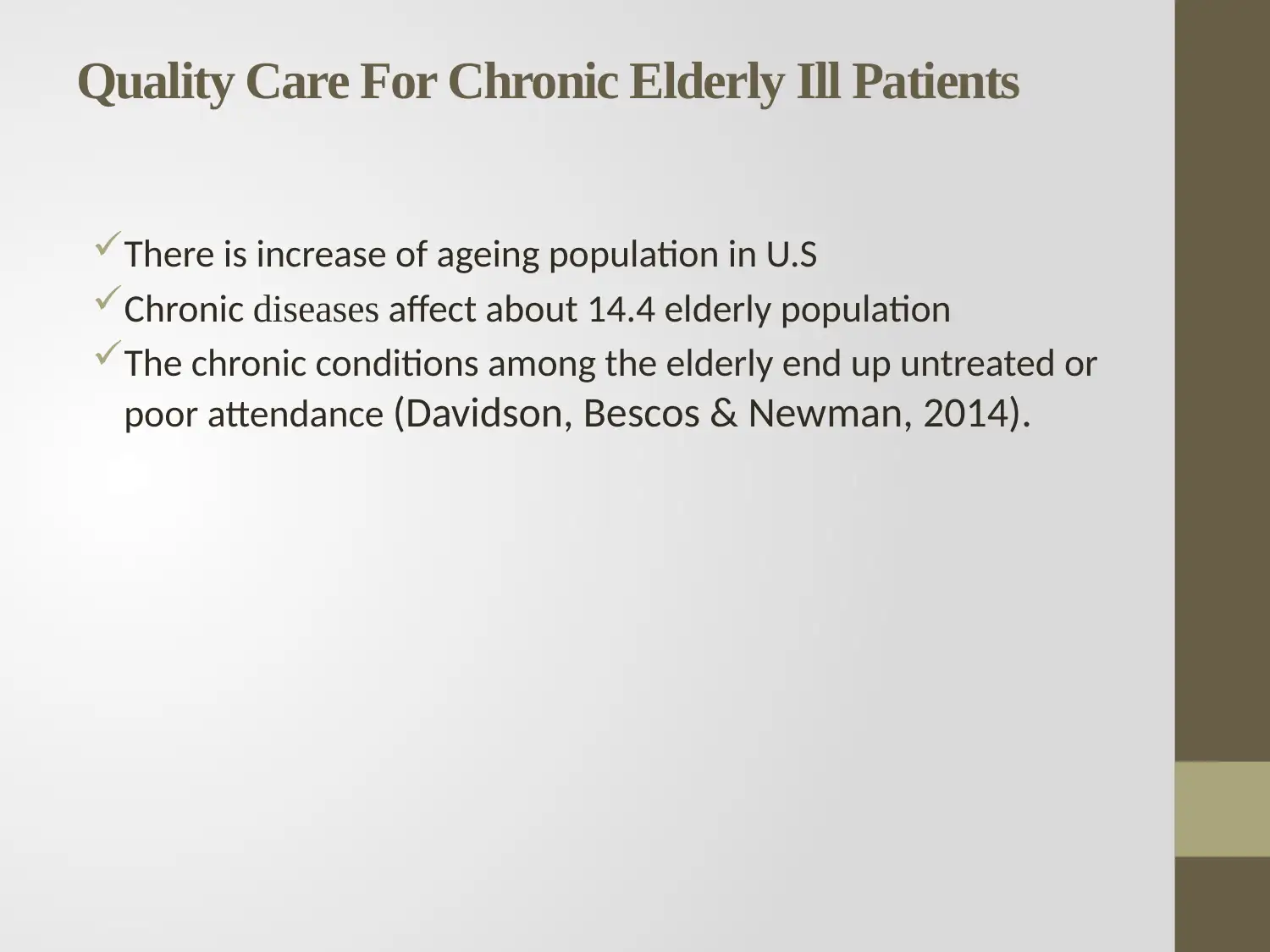


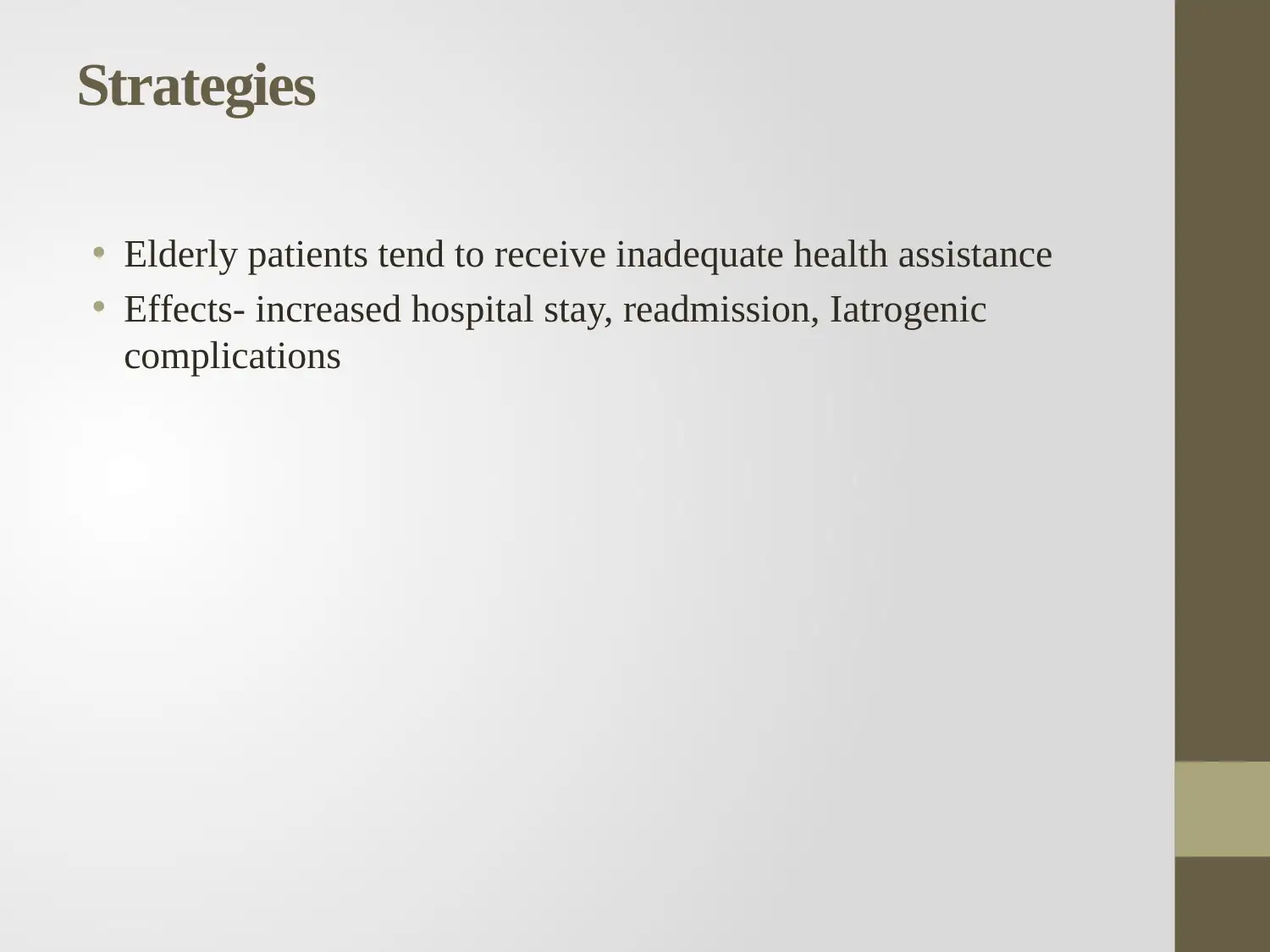
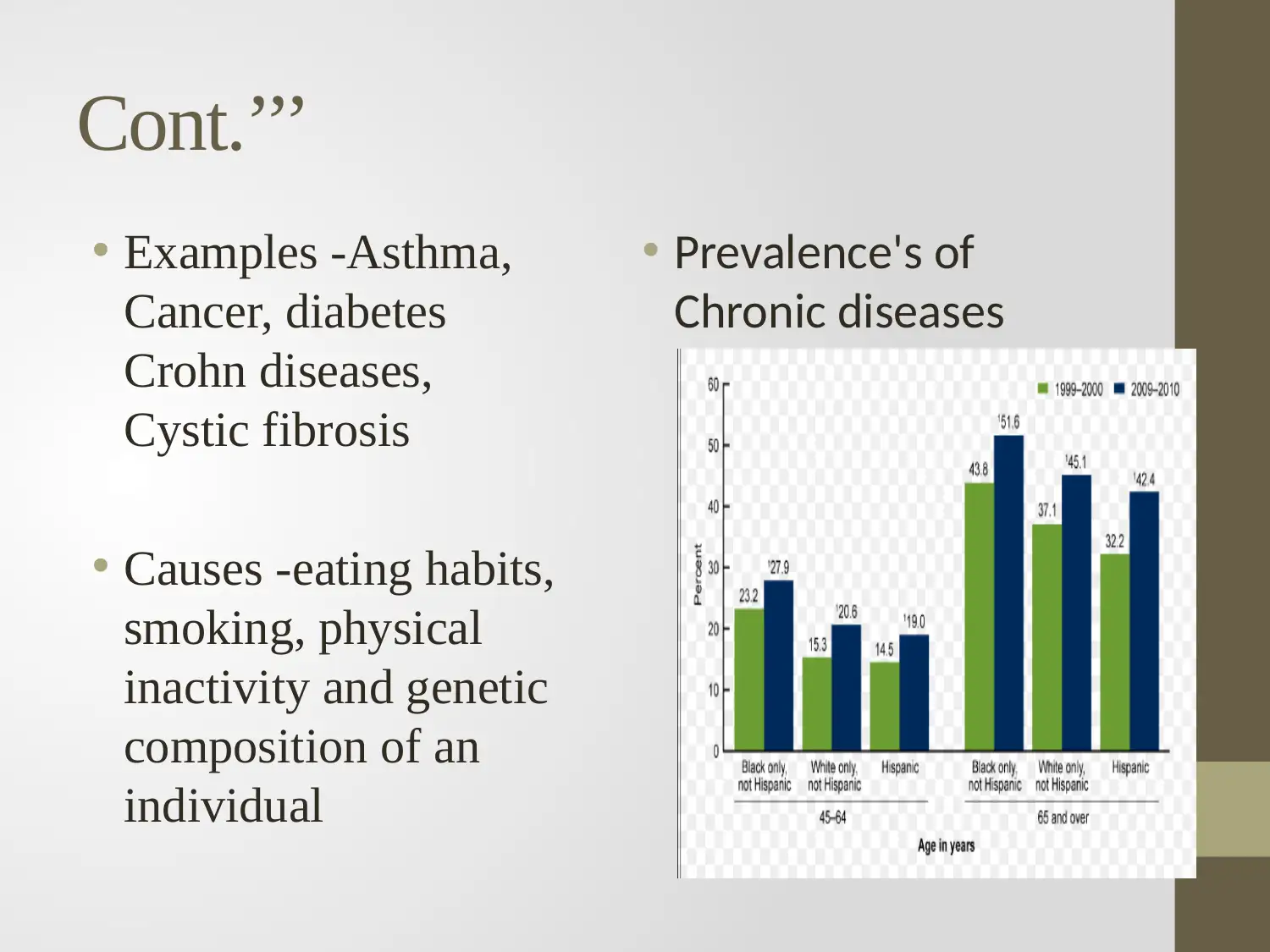
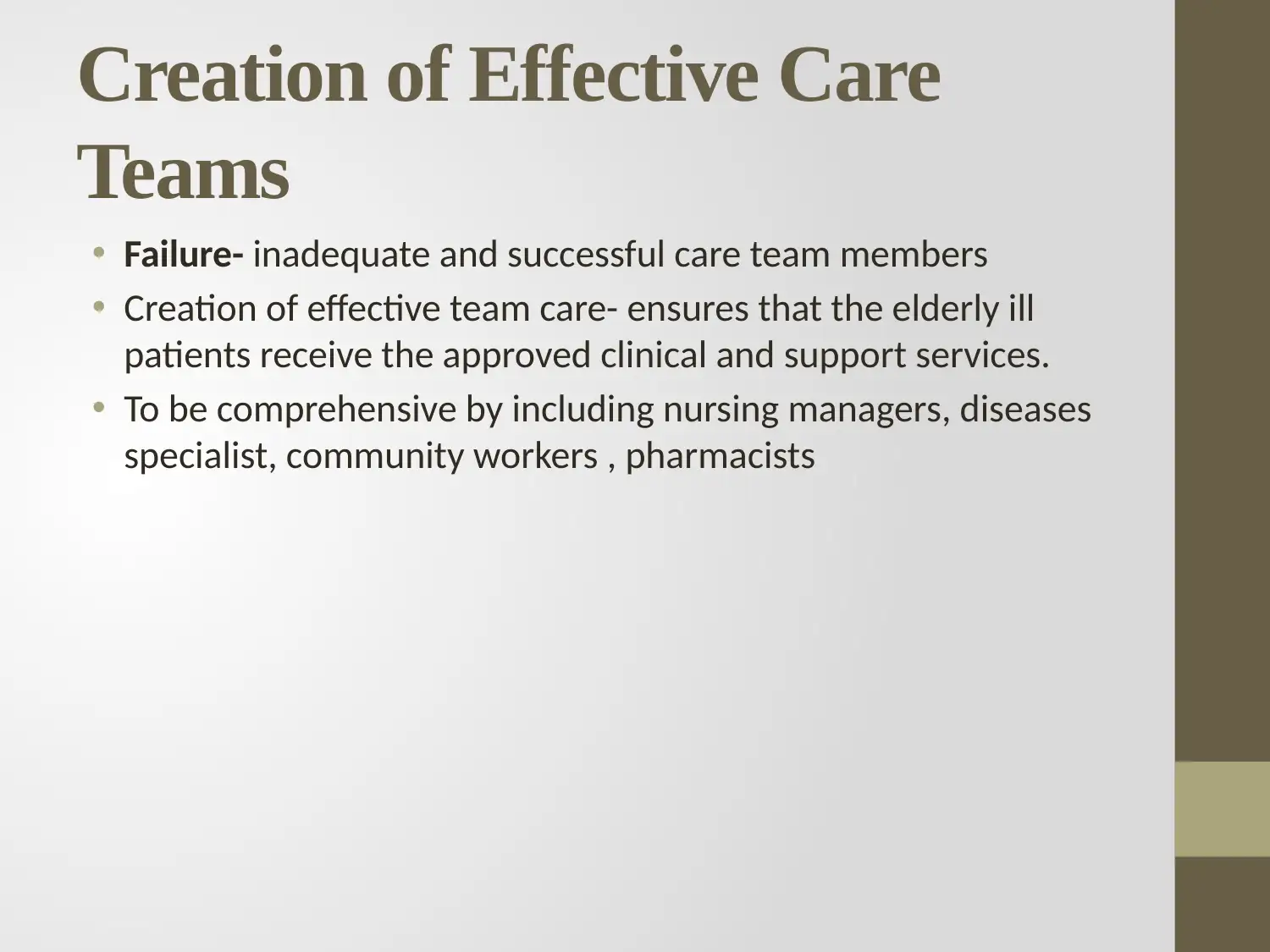
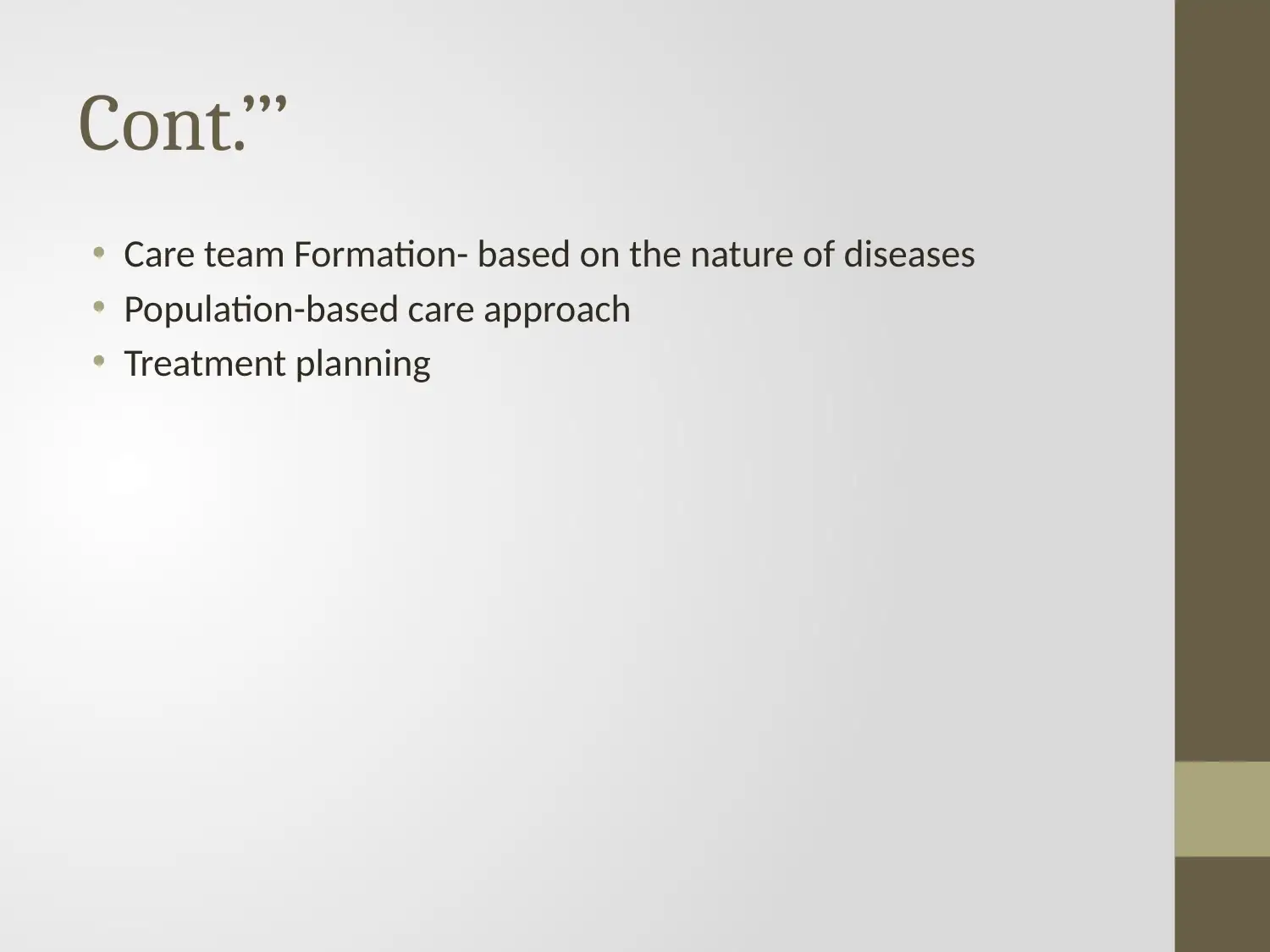

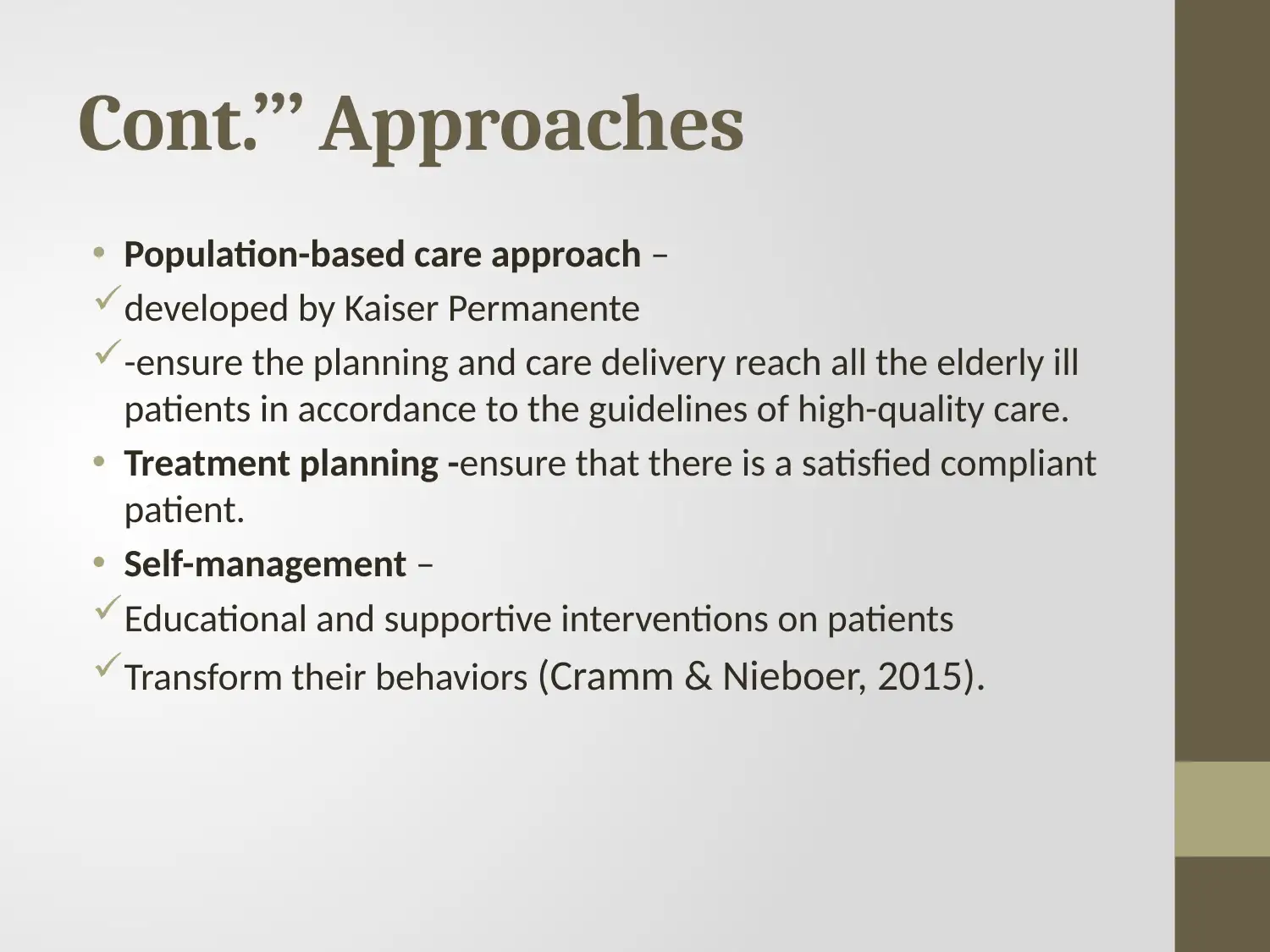
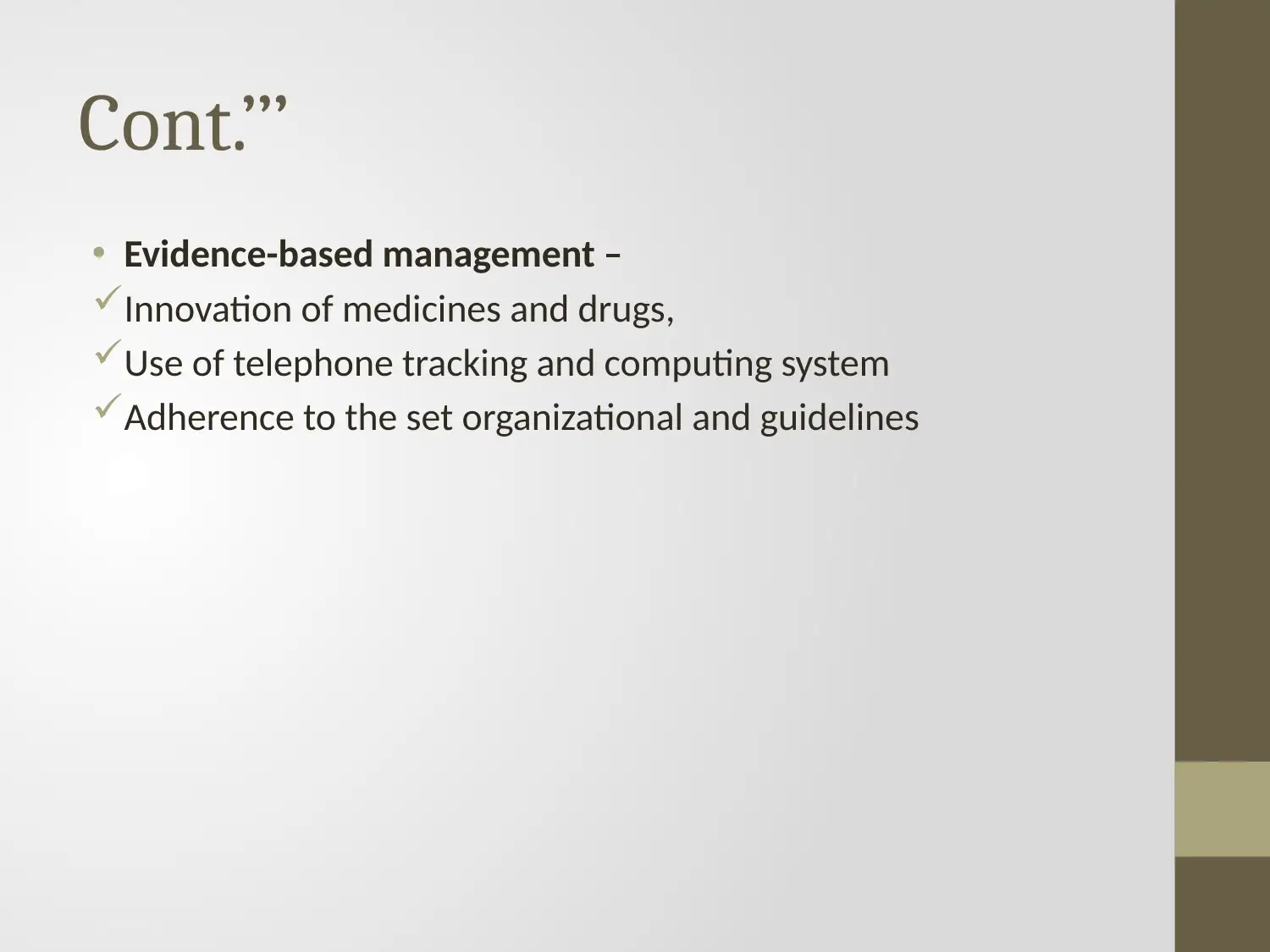
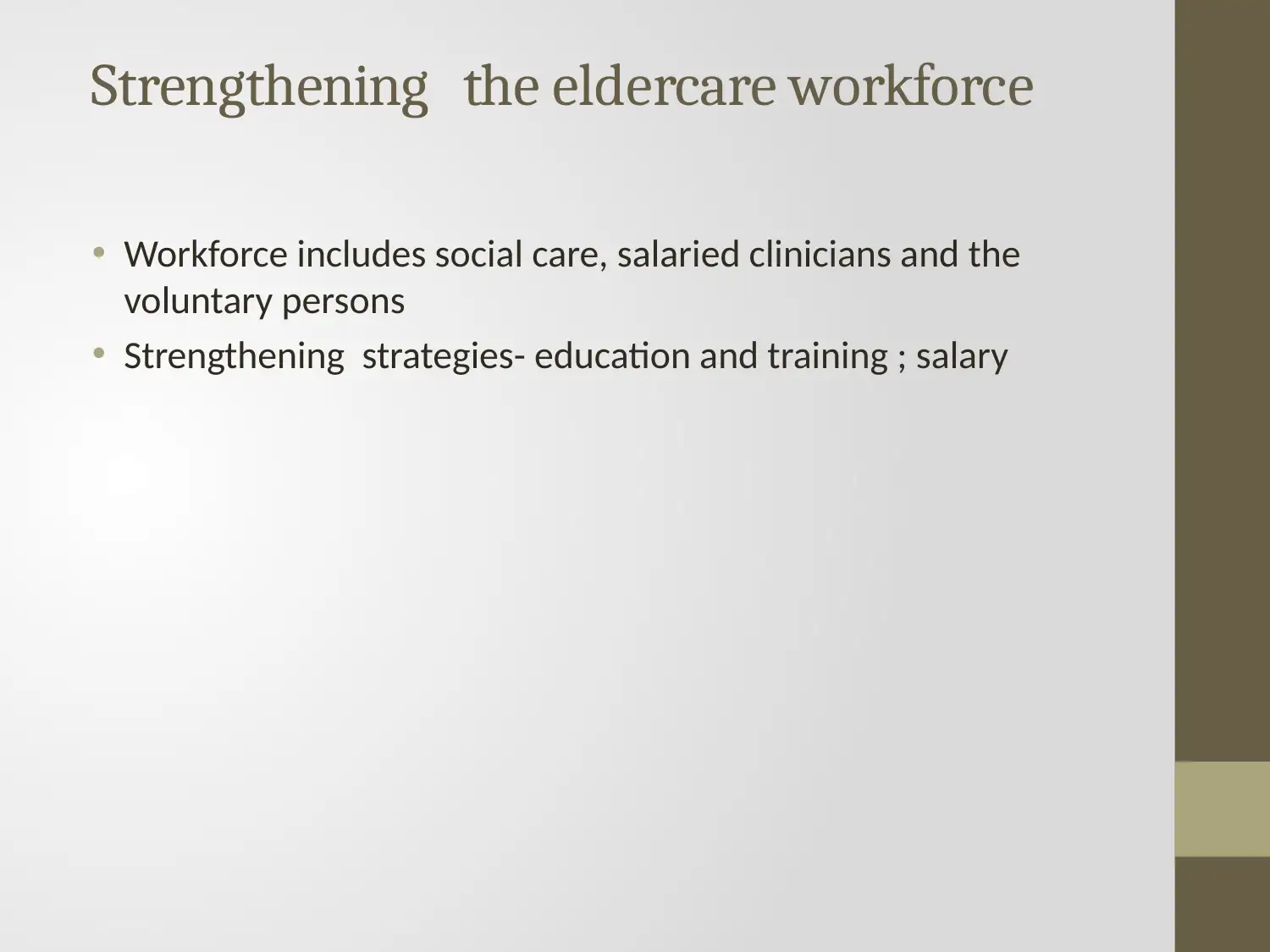
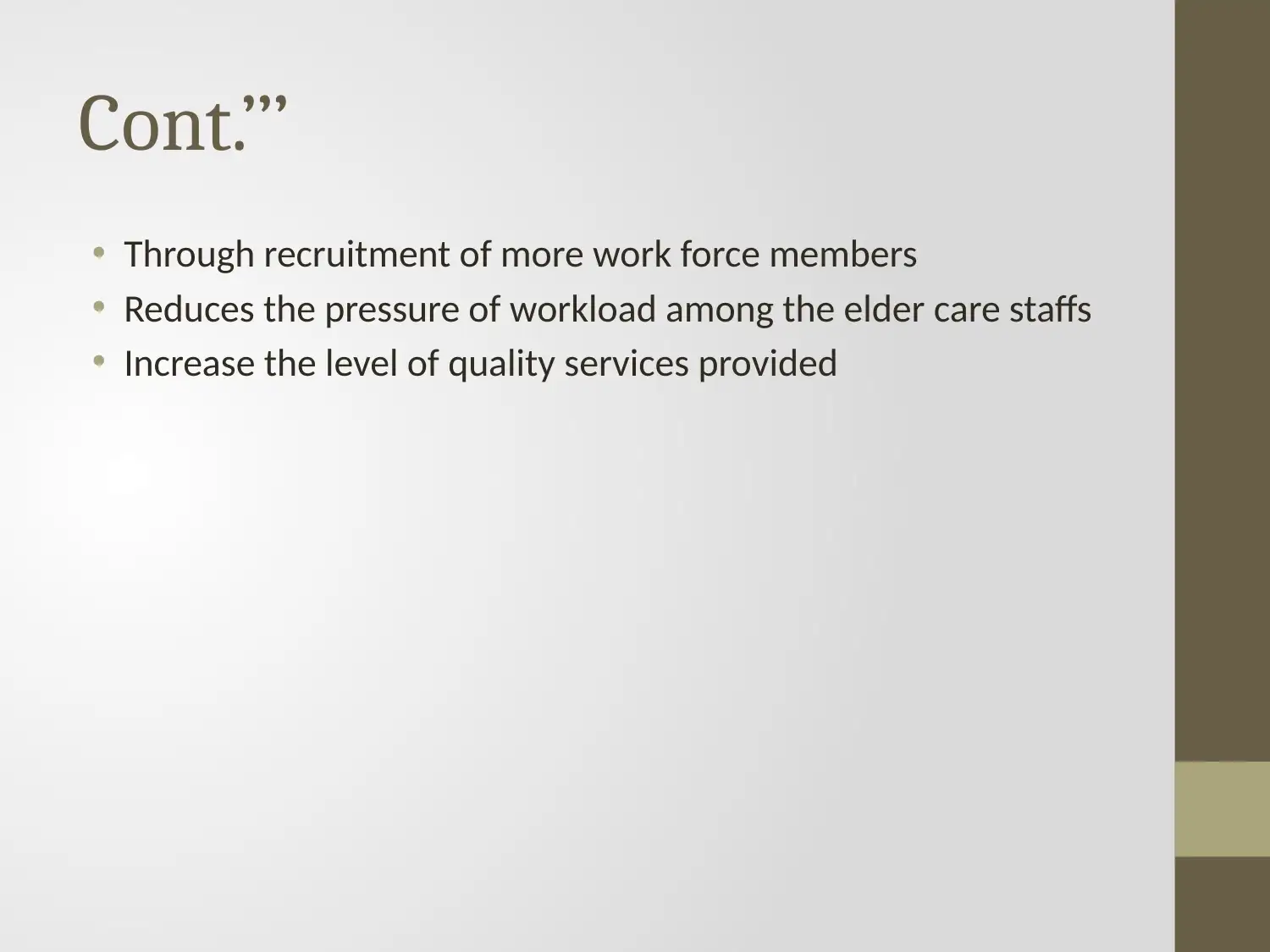






![[object Object]](/_next/static/media/star-bottom.7253800d.svg)